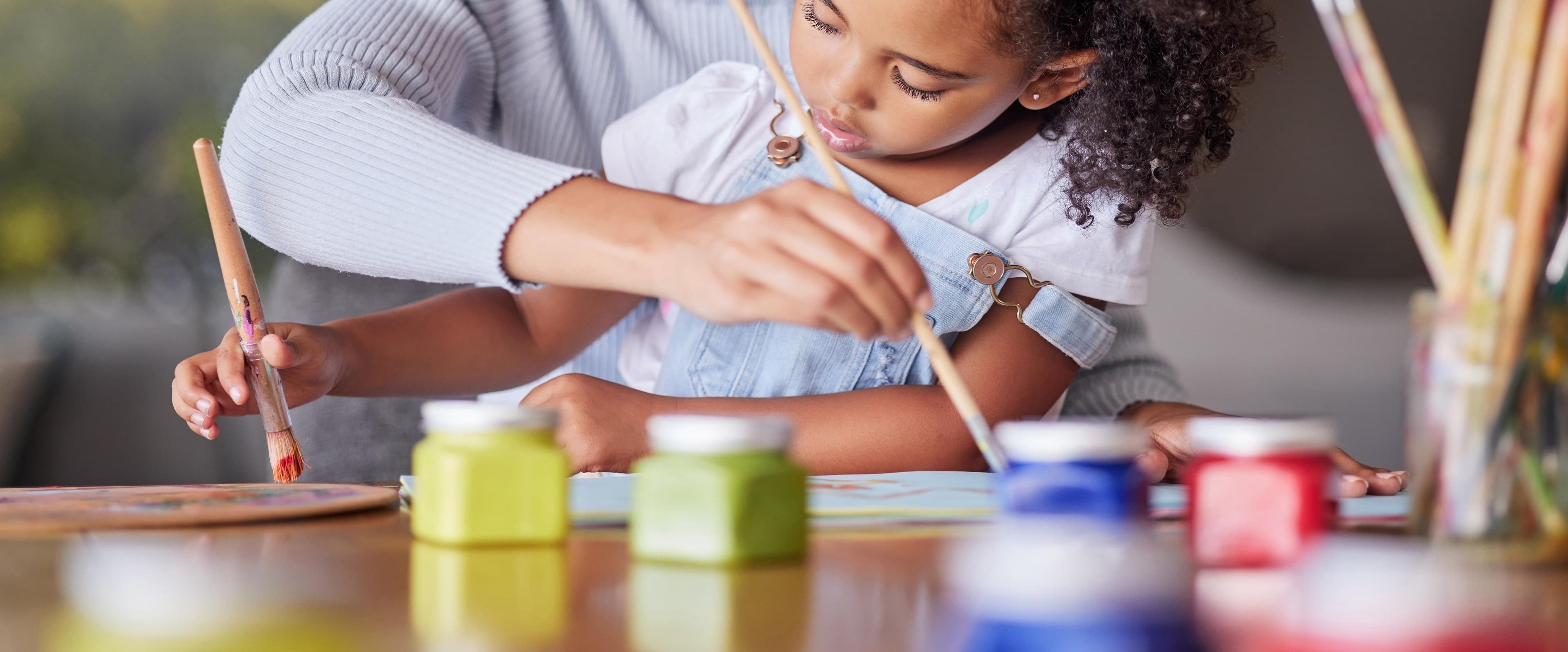Art is an important part of human expression, and it can be a valuable tool for children to explore their creativity and emotions. But many parents and educators wonder what the right age is for introducing art to a child.
Why is Art important for children?
Art has many benefits for children, including:
- Creativity: Art allows children to express their creativity and imagination in a free and open way. This can help to develop problem-solving skills, as well as encourage a love of learning and exploration.
- Fine Motor Skills: Art activities can help to develop fine motor skills, such as hand-eye coordination and dexterity. This can be particularly beneficial for young children who are still developing these skills.
- Emotional Expression: Art can be a powerful tool for emotional expression, allowing children to explore and express their feelings in a safe and creative way.
- Confidence: Creating art can help to build a child's confidence and self-esteem, as they see the results of their hard work and creativity.

When is the Right Age to Introduce Art to a Child?
There is nothing called "right" age to introduce art to a child, as every child is different and will develop at their own pace. However, most children are able to start exploring art in some form from around 18 months to 2 years old.
At this age, children are still developing their fine motor skills and may not have the ability to create intricate works of art. However, they can still enjoy exploring different textures, colours and materials through finger painting, drawing with crayons, and playing with play dough.
As children get older, they will develop more advanced fine motor skills and may be able to create more complex works of art. By the time they reach preschool age, many children are able to use scissors, glue, and paintbrushes to create more detailed and sophisticated artwork.
It's important to remember that the focus should be on the process of creating art, rather than the finished product. Children should be encouraged to explore and experiment with different materials and techniques, and to express themselves freely through their art.
Art is an important tool for children's development, helping to promote creativity, emotional expression, fine motor skills and confidence. By providing children with a variety of materials and encouraging them to explore and express themselves through their art, we can help to nurture their creativity and foster a love of learning that will last a lifetime.

